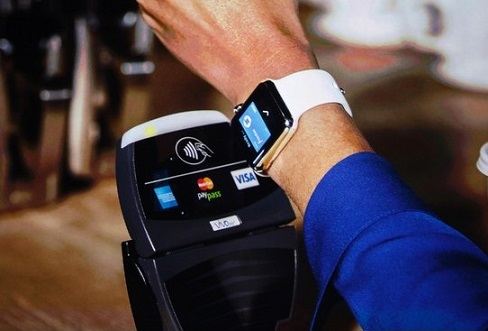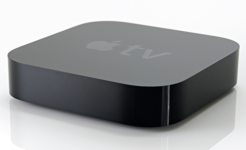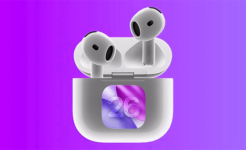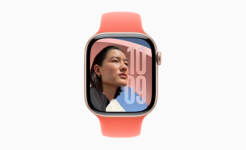
Mobile Payment Technologies (MPT)
Smart devices are rapidly becoming the wallet of the future, and mobile payments are expected to grow by 20 percent a year. Besides, the relentless efforts taken by the government to promote a cashless economy are expected to boost this market. Nowadays, revenue flows move to digital channels that are not controlled by traditional financial institutions.
The global MPT market was valued at around $400 billion USD in 2015 and, according to experts, the total volume in the mobile payment industry will reach a $1.7 trillion by 2022.
Today, the leading players in the mobile payment technologies market are Visa, MasterCard International and American Express. All of them are making persistent efforts in order to increase their product offerings with mergers and acquisitions. These and other companies will focus on new technologies to make transactions more secure and safe. They will also develop cloud-based payment technologies.
So, the global market for mobile payment technologies is expected to witness a boost due to the uptake of smart technologies. Digitalization of commerce is also expected to play a key role in the development of the global market. The market is also expected to benefit from the rapid development of payment technologies, and mobile point-of-sale. Wearable devices and near-field communication are expected to lure in an increasing number of consumers in the coming years.
In fact, the rise of mobile payments technology began in 2014 when Apple launched its Apple Pay, which was the only real mobile wallet out there at the moment. Then Samsung Pay, Chase Pay, Android Pay, Microsoft Wallet, Walmart Pay, Kohl’s Pay joined the market.
What are contactless payments and how do they work? This feature is very easy to understand – for example, if you have an iPhone, you can input your credit card information onto your iPhone and Apple Pay will store that data.
Now, if you are shopping at a store that accepts mobile payments, rather than reaching for your physical wallet, you just hold your phone a few inches away from the point-of-sale (POS) terminal. The terminal automatically reads the payment information stored on the smart chip embedded in the credit card and then processes the transaction.
Each chip connects to an antenna, and the POS terminals emit a high frequency radio wave that facilitates communication between the reader and the phone. When the mobile device is in range, a wireless communication protocol links the terminal and the phone, which exchange information and conduct a secure transaction, the whole transaction takes a fraction of a second.
Thus, near-field communication (NFC for short) and technology bring together two electronic devices – the mobile device (smartphone) and the reader (the terminal). In terms of payments technology, the reader initiates the transaction, and the smartphone (which contains the stored credit card information) reacts to the call from the reader.
Today, all the major mobile platform developers, such as Apple, Google, Microsoft, and BlackBerry have shifted focus to NFC in the payments world as they release their mobile wallets, such as Apple Pay, Android Pay, and others. However, mobile payments have been slow to catch on in certain areas, and Bluetooth is likely to help here, as this technology would not have such problems.
For starters, Bluetooth has a much longer range than NFC, as it can reach up to 50 meters compared to NFC, allowing the two devices to be centimeters away from each other. Also, Bluetooth creates a truly hands-free experience because shoppers would not even need to take out their phones to tap them to a reader. Furthermore, Bluetooth payment processing is even faster than NFC, even if NFC acts in a fraction of a second. Finally, NFC is limited to one-to-one interaction, but Bluetooth can facilitate multiple transactions at once from a single payments terminal.






Facebook
Twitter
RSS